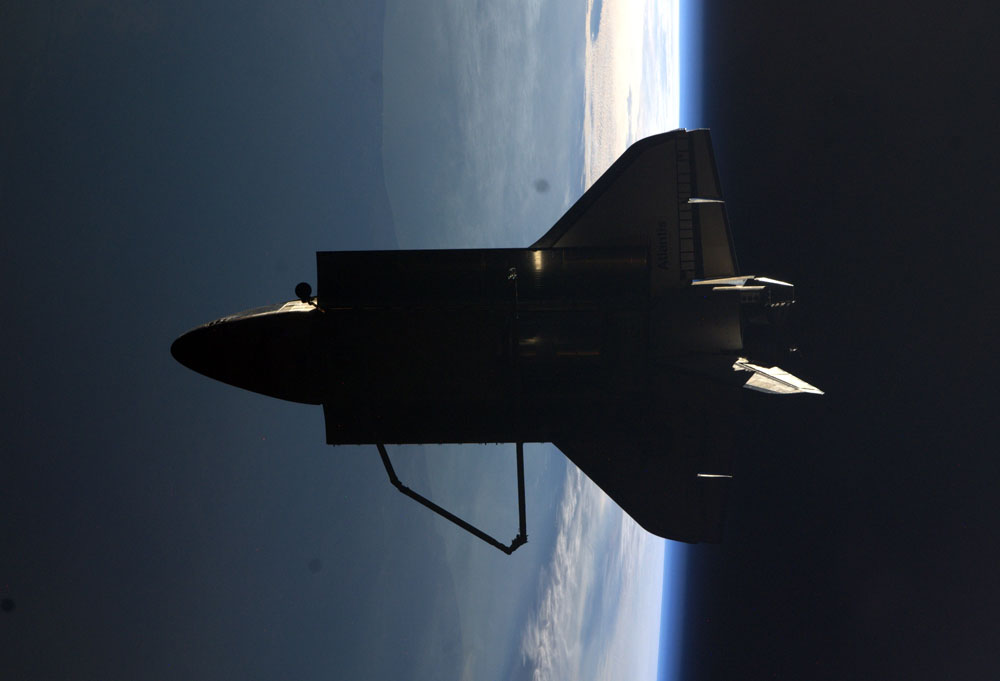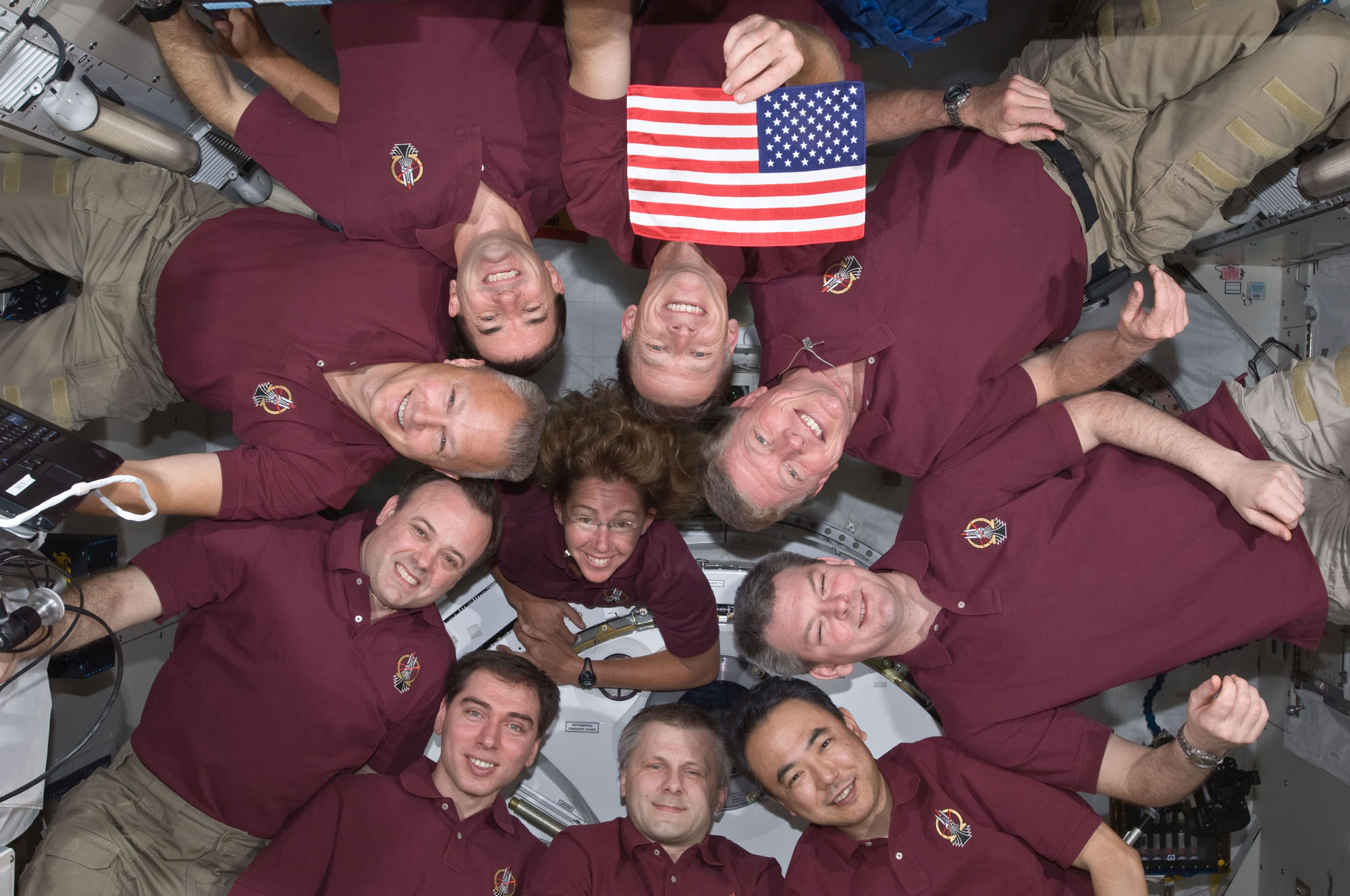
Space Shuttle to Land One Last Time Thursday

CAPE CANAVERAL, Fla. — The end is nigh for NASA's space shuttles.
The 30-year shuttle program is set to come to a close Thursday (July 21), when the shuttle Atlantis returns to Earth for the final time.
Atlantis will have been in space for 13 days on this last mission, called STS-135. Commander Chris Ferguson plans to bring the orbiter and its four-person crew down to NASA's Kennedy Space Center here at 5:57 a.m. EDT (0957 GMT).
The astronauts are on an overnight schedule and awoke to begin their landing day on Wednesday (July 20) at 9:29 p.m. EDT (0129 GMT Thursday) — the 42nd anniversary of the first manned moon landing on July 20, 1969. The astronauts were roused by Kate Smith's rendition of Irving Berlin's "God Bless America."
"What a classic patriotic song," Ferguson said. "So appropriate for what will likely be the shuttle's final day in orbit. Thank you to America for supporting this program, and we'll see you in a few short hours hopefully."
Landing plans
Get the Space.com Newsletter
Breaking space news, the latest updates on rocket launches, skywatching events and more!
Atlantis' 33rd and final trip — the 135th of the space shuttle program — was a restocking mission to the International Space Station. The shuttle dropped off 9,500 pounds (4,300 kilograms) of cargo at the orbiting laboratory, and is carrying a huge load of trash and broken equipment on the return voyage.
The shuttle undocked from the station early Tuesday (July 19), making a final half lap around the outpost that provided gorgeous last views of each spacecraft from the vantage point of the other. [Photos: Shuttle Bids Farewell to Space Station]
The mission has gone largely without a hitch so far.
"No mission is successful until you're finally on the ground," Ferguson said from space Wednesday in a televised interview. "Up to this point it's been highly successful. We all put forth 110 percent."
After undocking, Atlantis' astronauts conducted one last scan of their orbiter's heat shield to make sure it could withstand re-entry through Earth's atmosphere. Mission managers reviewed the data from that inspection and officially cleared the shuttle for landing on Wednesday.
The weather at the shuttle's Florida landing sight also looks favorable; early showers that are predicted should be clear by landing time. The forecast calls for good visibility and low winds, said Tony Ceccacci, Atlantis' entry flight director.
"Weather is looking very promising tomorrow morning," Ceccacci said Wednesday.

Shuttle retirement
When Atlantis pulls to a stop, it will represent the end of the line for the orbiter and many of the thousands of workers who will now have to move on to other jobs. [Photos: NASA's Last Shuttle Mission In Pictures]
"I really do feel like it's coming to an end," Ferguson said. "It's going to be tough. It's going to be an emotional moment for a lot of people who have dedicated their lives to the space shuttle program over 30 years."
NASA's three remaining space shuttles will soon be retired to museums. Atlantis will go on display at the Kennedy Space Center Visitors Center, while Discovery will go to the Smithsonian and Endeavour will be sent to the California Science Center in Los Angeles.
NASA is hoping American commercial space companies will soon be able to fill the space transportation gap and carry astronauts to the International Space Station. In the meantime, U.S. spaceflyers will hitch rides aboard Russian spaceships.
You can follow SPACE.com Senior Writer Clara Moskowitz on Twitter @ClaraMoskowitz. Visit SPACE.com for complete coverage of Atlantis' final mission STS-135 or follow us @Spacedotcom and on Facebook.
Join our Space Forums to keep talking space on the latest missions, night sky and more! And if you have a news tip, correction or comment, let us know at: community@space.com.

Clara Moskowitz is a science and space writer who joined the Space.com team in 2008 and served as Assistant Managing Editor from 2011 to 2013. Clara has a bachelor's degree in astronomy and physics from Wesleyan University, and a graduate certificate in science writing from the University of California, Santa Cruz. She covers everything from astronomy to human spaceflight and once aced a NASTAR suborbital spaceflight training program for space missions. Clara is currently Associate Editor of Scientific American. To see her latest project is, follow Clara on Twitter.









